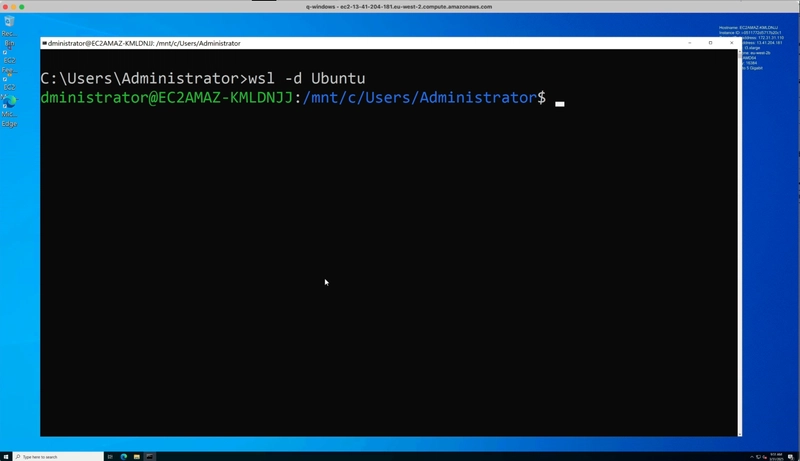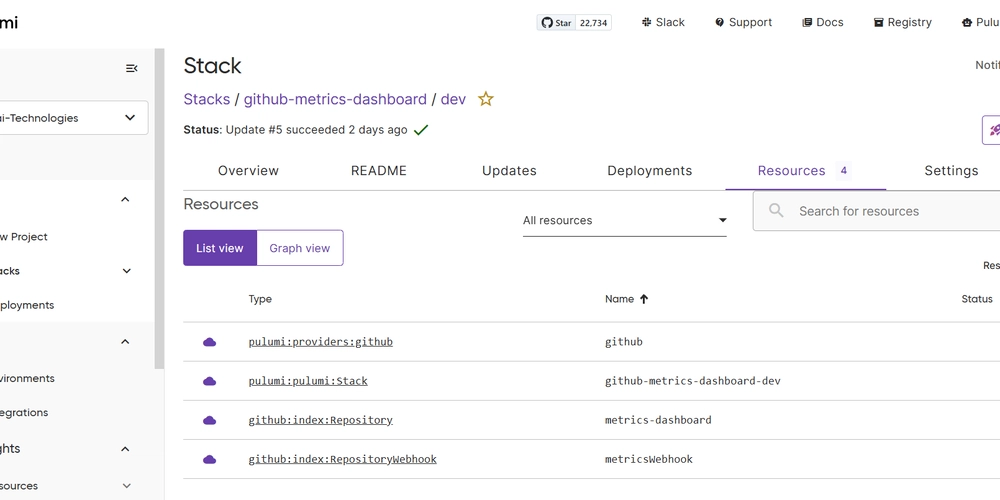Optimizing Atlas Search Indexes with Views
MongoDB Atlas now enables the use of views to transform documents and filter collections for search purposes. By creating a view with a specific aggregation pipeline, you can reshape documents, apply filters, and then create search indexes on this transformed data whilst making your search indexes smaller and laser-focused. Steps to Create a View for Atlas Search: Define the Aggregation Pipeline: Specify the stages to transform and filter the documents as needed. Create the View: Use the aggregation pipeline to define a view that presents the transformed data. Create a Search Index on the View: Once the view is established, you can create a search index on it to facilitate efficient search operations. This approach allows for a flexible and powerful way to tailor your search functionality to specific application requirements. Benefits of Using Views for Atlas Search Customized Data Representation: Views allow you to present data in a format that aligns with your application's search requirements. Efficient Search Operations: By filtering and transforming data at the view level, you can optimize search performance and resource utilization. Simplified Index Management: Creating search indexes on views can reduce the complexity of managing multiple indexes on the base collection. Conclusion Utilizing views to transform documents and filter collections in MongoDB Atlas Search provides a strategic advantage in optimizing search performance and resource utilization. By focusing indexes on pertinent subsets of data and leveraging views for document transformation, developers can craft efficient, cost-effective, and precise search functionalities tailored to their application's needs. Embracing these features lets you build robust applications that deliver swift and accurate search experiences.

MongoDB Atlas now enables the use of views to transform documents and filter collections for search purposes. By creating a view with a specific aggregation pipeline, you can reshape documents, apply filters, and then create search indexes on this transformed data whilst making your search indexes smaller and laser-focused.
Steps to Create a View for Atlas Search:
Define the Aggregation Pipeline: Specify the stages to transform and filter the documents as needed.
Create the View: Use the aggregation pipeline to define a view that presents the transformed data.
Create a Search Index on the View: Once the view is established, you can create a search index on it to facilitate efficient search operations.
This approach allows for a flexible and powerful way to tailor your search functionality to specific application requirements.
Benefits of Using Views for Atlas Search
Customized Data Representation: Views allow you to present data in a format that aligns with your application's search requirements.
Efficient Search Operations: By filtering and transforming data at the view level, you can optimize search performance and resource utilization.
Simplified Index Management: Creating search indexes on views can reduce the complexity of managing multiple indexes on the base collection.
Conclusion
Utilizing views to transform documents and filter collections in MongoDB Atlas Search provides a strategic advantage in optimizing search performance and resource utilization. By focusing indexes on pertinent subsets of data and leveraging views for document transformation, developers can craft efficient, cost-effective, and precise search functionalities tailored to their application's needs.
Embracing these features lets you build robust applications that deliver swift and accurate search experiences.


































































![Apple's M5 iPad Pro Enters Advanced Testing for 2025 Launch [Gurman]](https://www.iclarified.com/images/news/96865/96865/96865-640.jpg)
![M5 MacBook Pro Set for Late 2025, Major Redesign Waits Until 2026 [Gurman]](https://www.iclarified.com/images/news/96868/96868/96868-640.jpg)
![Apple to Revamp Health App with AI-Powered Doctor [Gurman]](https://www.iclarified.com/images/news/96870/96870/96870-640.jpg)














![What Google Messages features are rolling out [March 2025]](https://i0.wp.com/9to5google.com/wp-content/uploads/sites/4/2023/12/google-messages-name-cover.png?resize=1200%2C628&quality=82&strip=all&ssl=1)































































































































































![[The AI Show Episode 141]: Road to AGI (and Beyond) #1 — The AI Timeline is Accelerating](https://www.marketingaiinstitute.com/hubfs/ep%20141.1.png)
![[The AI Show Episode 140]: New AGI Warnings, OpenAI Suggests Government Policy, Sam Altman Teases Creative Writing Model, Claude Web Search & Apple’s AI Woes](https://www.marketingaiinstitute.com/hubfs/ep%20140%20cover.png)
![[The AI Show Episode 139]: The Government Knows AGI Is Coming, Superintelligence Strategy, OpenAI’s $20,000 Per Month Agents & Top 100 Gen AI Apps](https://www.marketingaiinstitute.com/hubfs/ep%20139%20cover-2.png)






























































































































![From broke musician to working dev. How college drop-out Ryan Furrer taught himself to code [Podcast #166]](https://cdn.hashnode.com/res/hashnode/image/upload/v1743189826063/2080cde4-6fc0-46fb-b98d-b3d59841e8c4.png?#)






![[FREE EBOOKS] The Ultimate Linux Shell Scripting Guide, Artificial Intelligence for Cybersecurity & Four More Best Selling Titles](https://www.javacodegeeks.com/wp-content/uploads/2012/12/jcg-logo.jpg)
























.jpg?width=1920&height=1920&fit=bounds&quality=80&format=jpg&auto=webp#)


OSAMU-NAKAMURA.jpg?width=1920&height=1920&fit=bounds&quality=80&format=jpg&auto=webp#)






.png?#)




















































